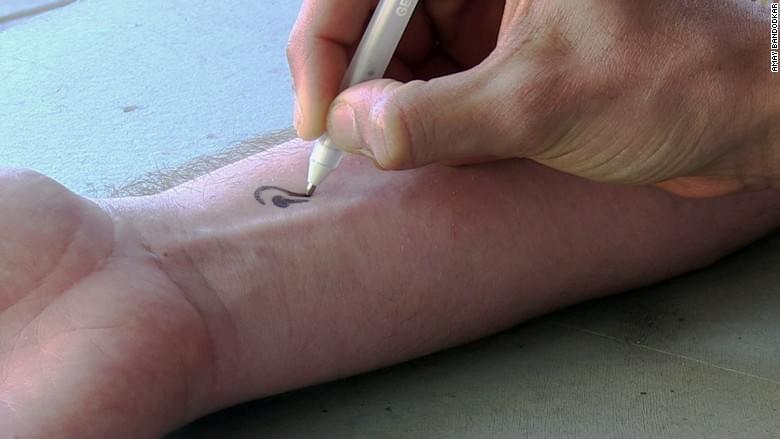Scientists are finally getting closer to figuring out the puzzle of the structure of neutron stars and revealing the nature of their ultra-dense interiors.
In theories of stellar evolution, neutron stars are considered one of the end states of stars, along with white dwarfs and black holes. As a star evolves it will enter stages of expansion as hydrogen is fused into helium and so on through the periodic table of elements. Depending on the mass of the star, a limit will be reached whereby nuclear fusion can no longer take place and the star is no longer able to overcome the immense gravitational force which it has been holding back for all these years. As a result, the star implodes, ejecting its outer layers as a planetary nova or a supernova, leaving only a mere remnant of its former self behind – or so the story goes.
For massive stars, the implosion is so great that it crushes its stellar matter to such high densities that the oppositely charged electrons and protons are forced so close together that they fuse to become neutrons, hence creating a neutron star. This neutron star is so dense that a single teaspoonful could weigh a billion tonnes! For stars massive enough, it is further theorised that the gravitational collapse would be so great that it would instead crush the neutron star down to the size of an infinitesimal point, creating a black hole.








